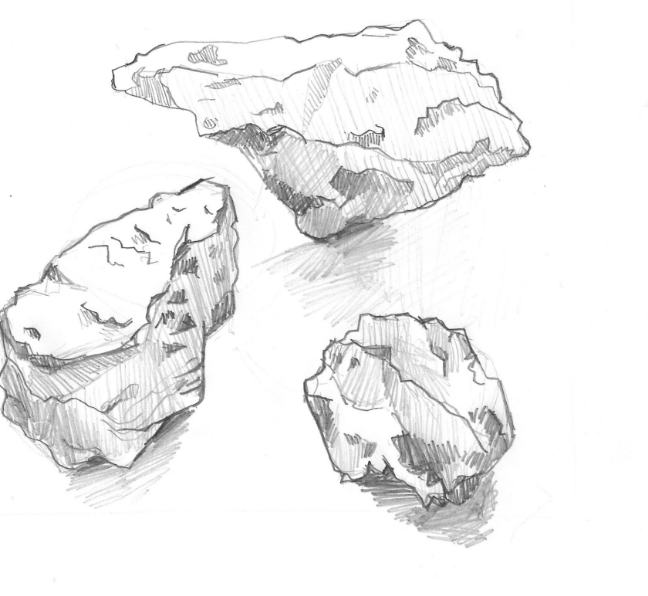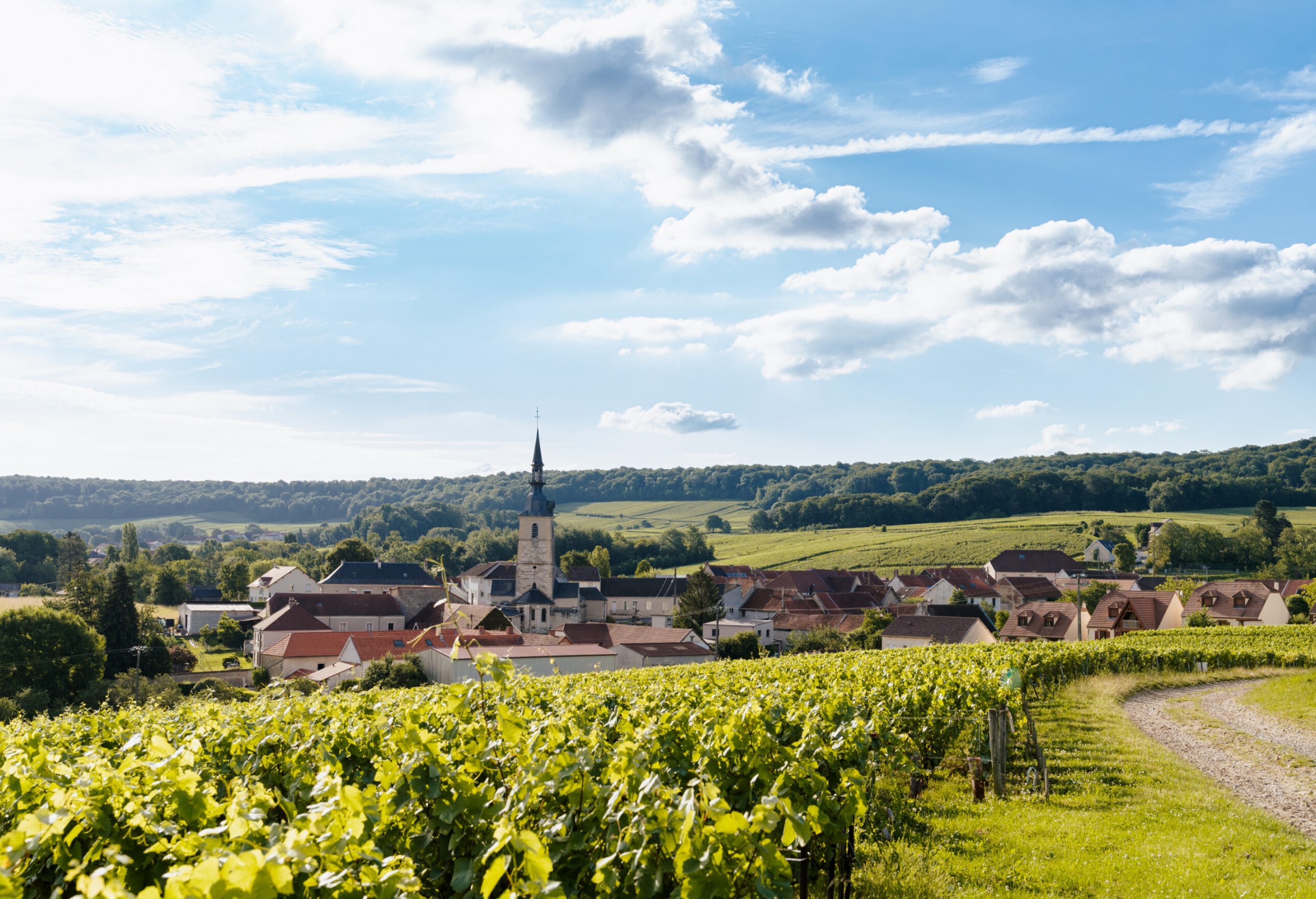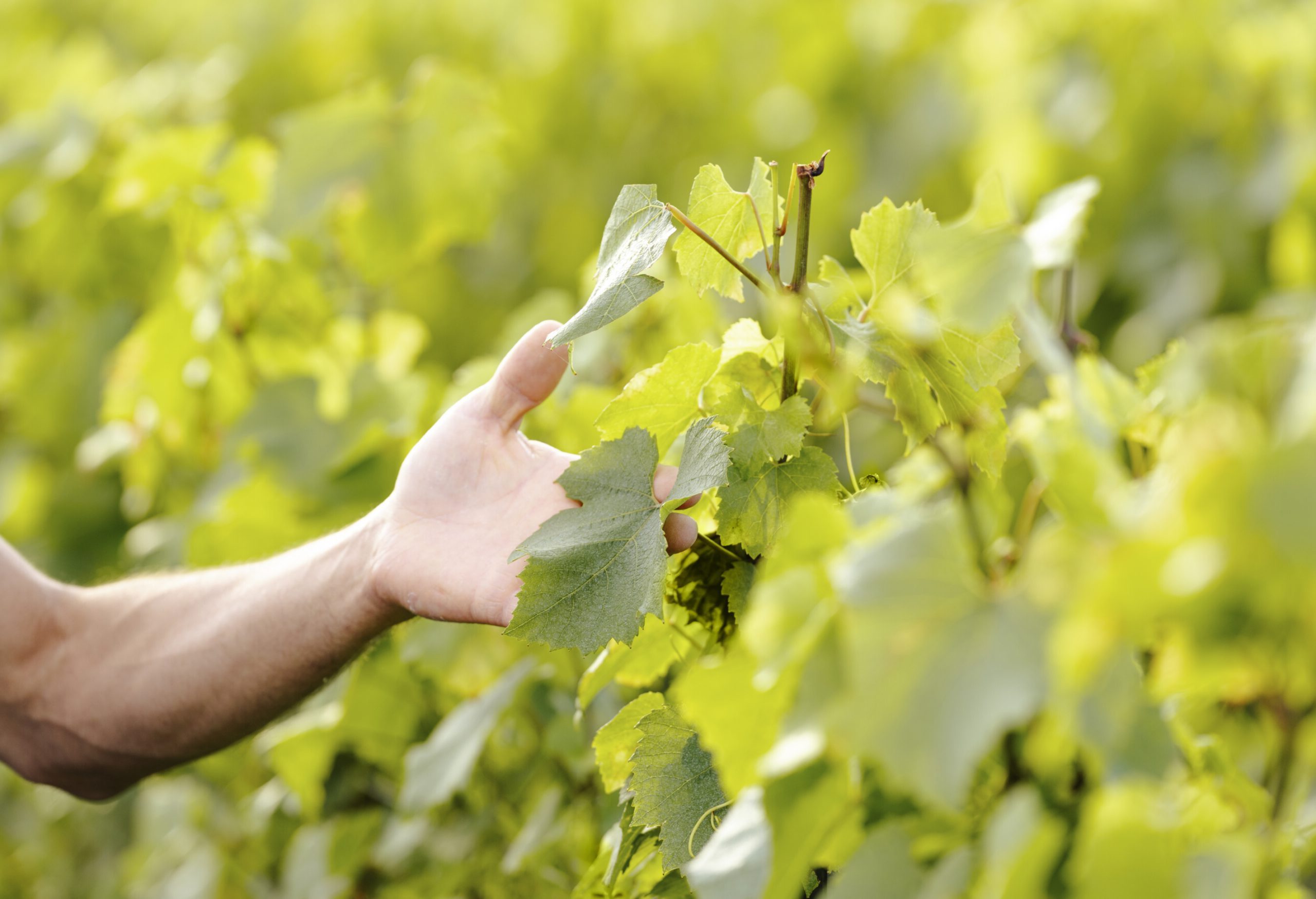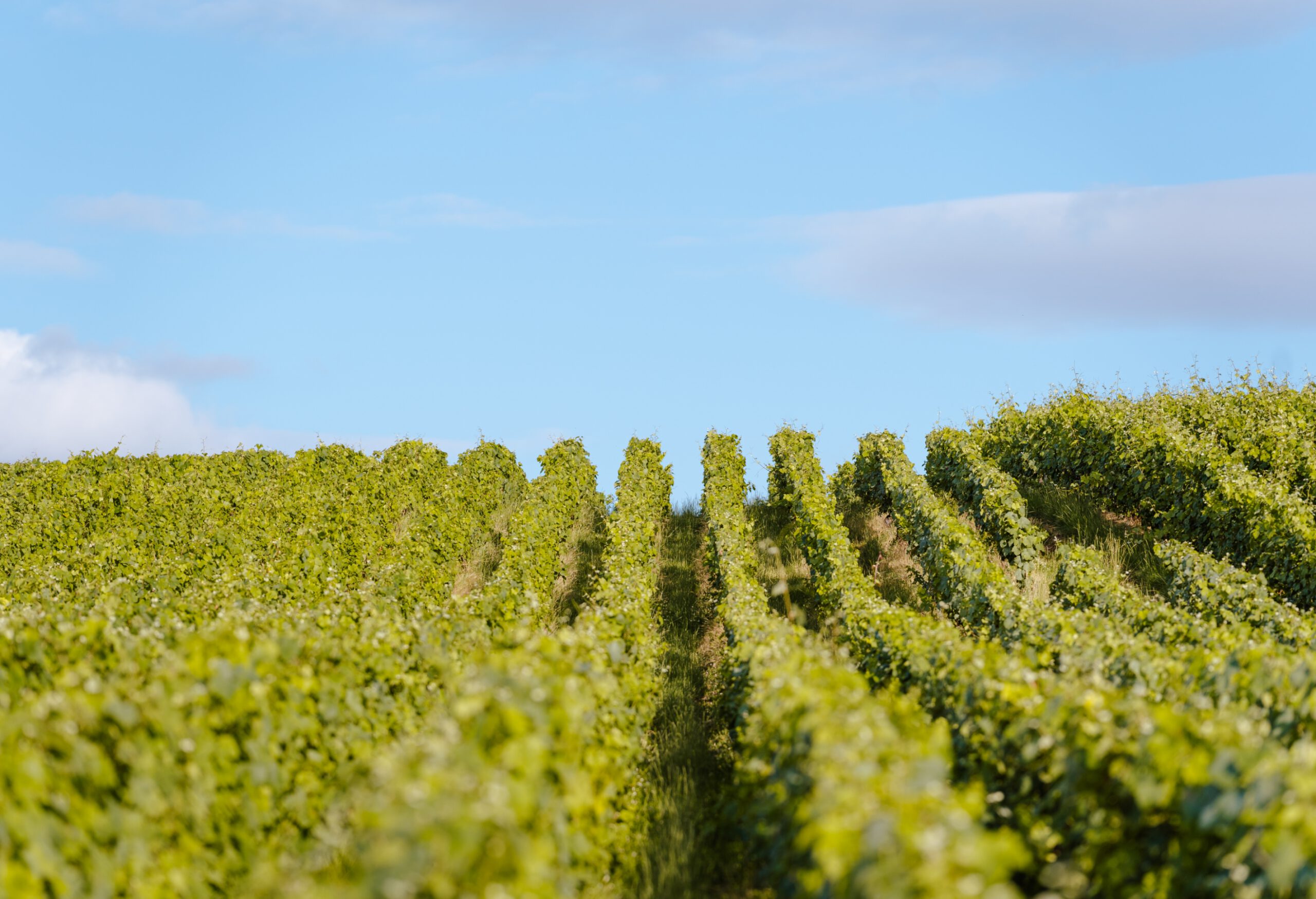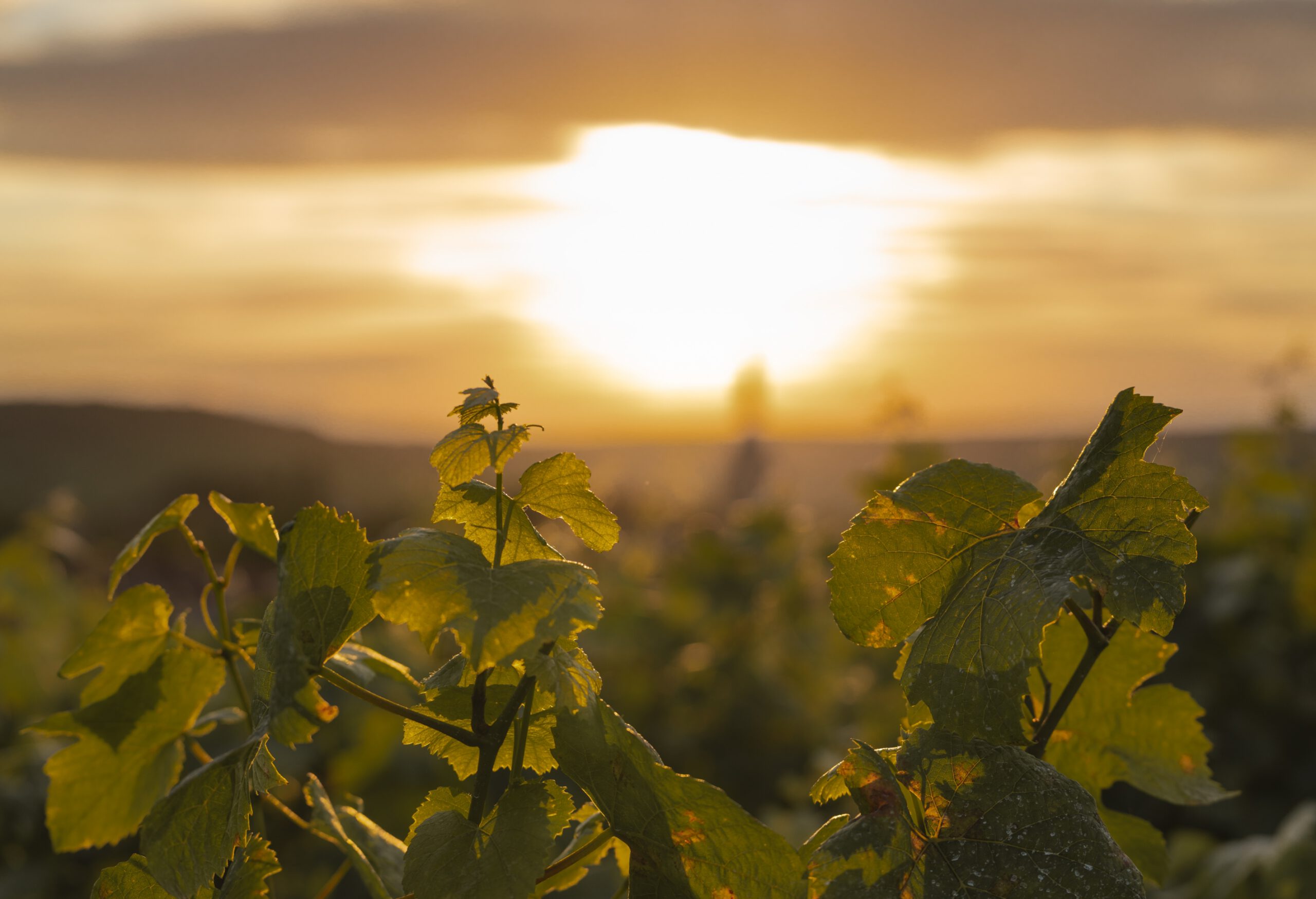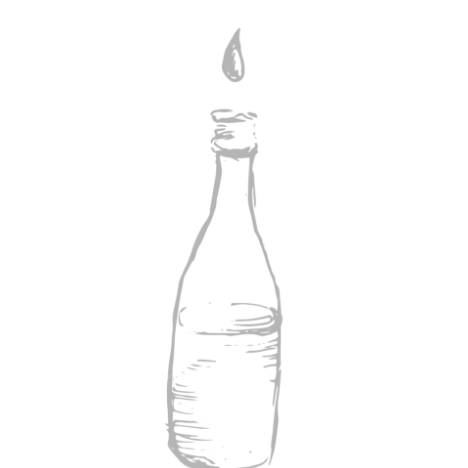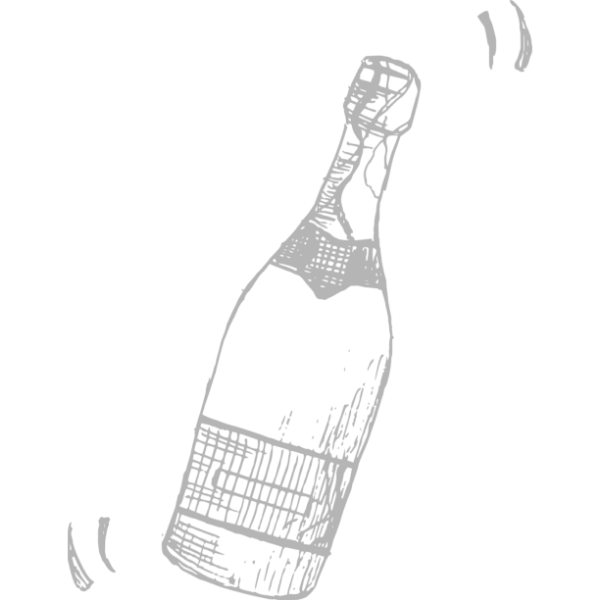Where it all begins
Along the northern slope of the Montagne de Reims, overlooking the town that gives these places their name, lie the vineyards that give life to Martin des Orsyn champagne wines.
The territory
The Montagne de Reims is one of the areas of the Champagne region. A promontory between the Marne and Vesle rivers, rich in forests and overlooking the city of Reims, where the Kings of France were crowned. At that time it was customary for nobles to pay homage to the new ruler with the precious wine produced in the region.
The environment
The enhancement of biodiversity and respect for the environment together with landscape protection are supported by significant investments in research and innovation in advanced technologies aimed at optimizing the quality of the wines.
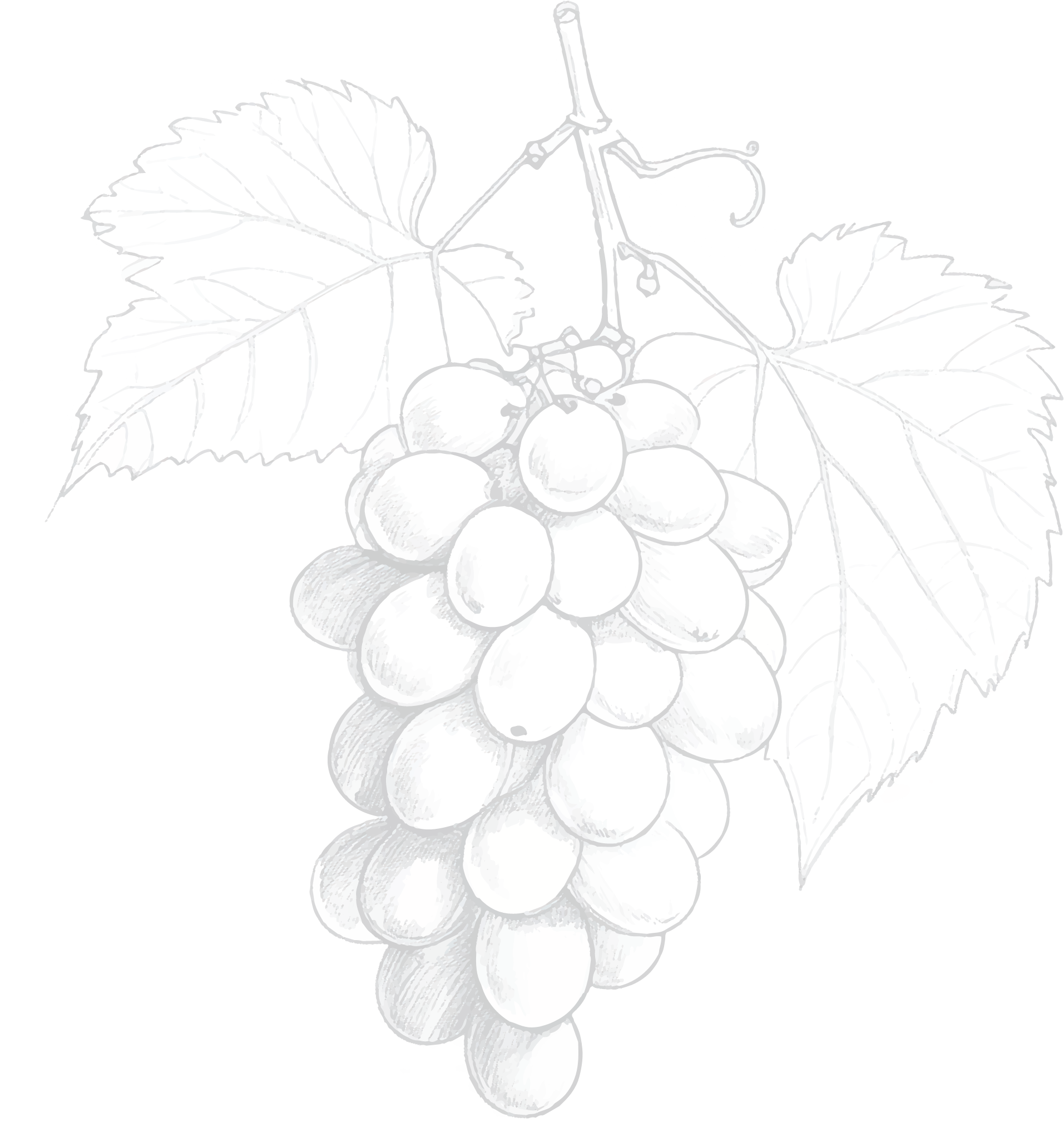
The freshness of Pinot Meunier
A dark-skinned grape variety that gives rise to more harmonious and creamy Champagne wines, providing a round, fruity and easy-drinking taste. Unlike Pinot Noir and Chardonnay, it has a greater predisposition for shorter aging.
The generosity of Pinot Noir
A dark-skinned grape variety distinguished by its early ripening and preference for cool, chalky soils. It contributes body, power and structure to Champagne wines known for their distinctive aromas of flowers and red fruits.
The elegance of Chardonnay
A robust, early-ripening white grape variety, ideal for chalky soils. Its presence gives Champagne exceptional freshness. The resulting wines are known for their delicate aromas, with floral, citrus and mineral nuances.
Craie & Champagne
What makes of Champagne an unmistakable nectar is the terroir in which it comes to life, characterized by a unique microclimate and, above all, by the craie, the chalky limestone that often comes to the surface and in some places reaches a thickness of over a hundred meters, where the roots of the vines sink, absorbing the minerals that give the grapes their vibrant energy.
